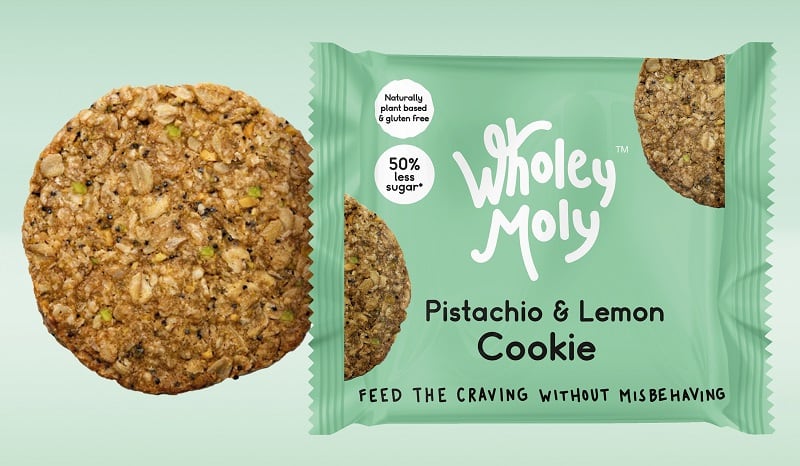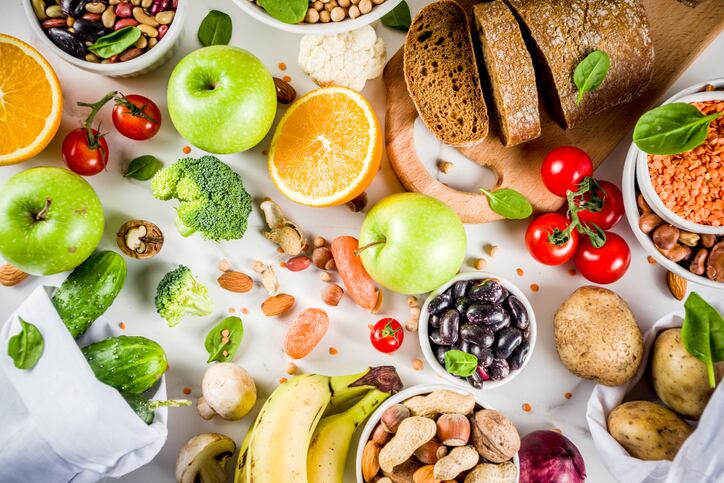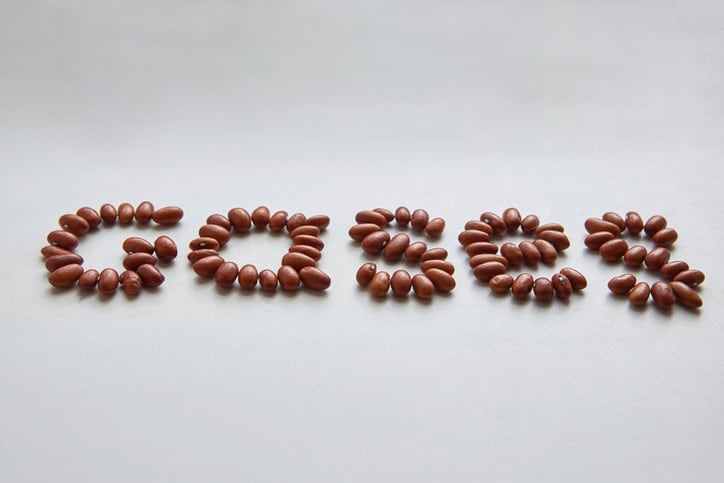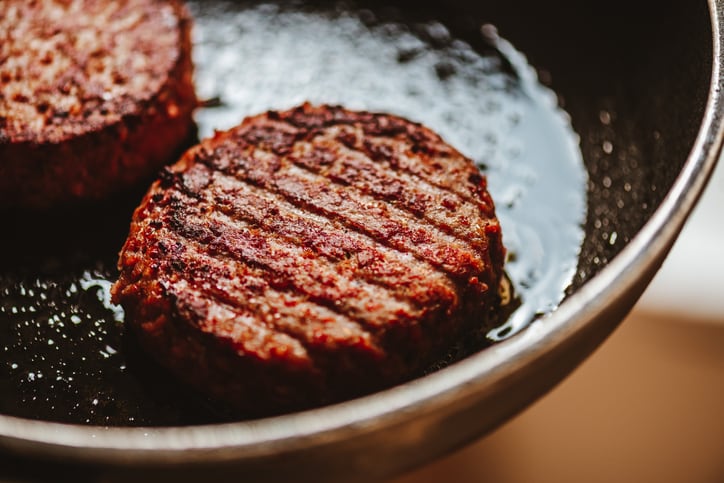The FDF unveiled the scheme – called Action on Fibre – after its survey of 1,000 consumers revealed that only one in three (33%) were aware of the recommended adult amount of 30g per day. 70% were unsure on whether they achieve this in their diet or said they don’t meet the daily recommendation.
These findings align with dietary survey data showing that only 9% of UK adults currently meet the dietary recommendation. The problem isn’t unique to the British. Fibre intake in most European countries is below the recommended levels.
The UK government increased the dietary recommendation for fibre from 24g to 30g per day in 2015 (the European Food Safety Authority recommends adults consume 25g of fibre per day). There’s since been very little change in the UK population intake, the FDF said.
It also complained that government policy over the years has focused on reducing the amount of fat, salt and sugar we consume, while there has been little action to increase foods and nutrients we need more of.
Big food brands are now committed to launch new high-fibre products
The Action on Fibre initiative is supported by many of the FDF’s members and well-known brands, including Nestlé, BirdsEye and Kellogg’s. They've have signed up to a wide range of pledges including highlighting higher fibre options on product packaging and commitments to launch new products that are higher in fibre.
The pledges are broad ranging, and will help to offer consumers more convenient, diverse options to increase their intakes, according to the FDF.
The FDF said the scheme aims to help bridge the gap between fibre intakes and the dietary recommendation by making higher fibre diets more appealing, normal and easy for the population.
The FDF’s Chief Scientific Officer Kate Halliwell said: “Fibre plays an essential role in the diet and currently the UK’s population, on average, do not consume enough fibre in their diets. Our survey clearly highlights the need for further action to increase fibre intakes, and for greater awareness of how we can consume more fibre as well as the benefits this brings.”
Professor Judy Buttriss, Director General at the British Nutrition Foundation, added: “Average fibre intakes across all sections of the population have been low for many years despite the well documented health benefits of fibre. This gap-bridging initiative is a welcome boost to ongoing efforts encouraging improvement - higher fibre choices need to be easy and appetizing options.”

The pedges
Birds Eye, Aunt Bessie's, Goodfella's Pizza (Nomad foods)
“Nomad Foods, through its UK brands Birds Eye, Aunt Bessie’s and Goodfella’s, is committed to help ‘close the gap’ between fibre intakes and the UK dietary recommendation. We believe that we can support this commitment by focussing on both products and communications. As part of our wider nutrition strategy we pledge to bring new products and innovations to the market that contain more fibre, as well as to increase the fibre content of current products through reformulation. Additionally, we pledge to provide online positive fibre messaging and educational content, along with serving suggestions and recipes which include a source of fibre. Finally, we pledge to support Fibre February, to contribute to the promotion of higher fibre diets.”
Weetabix Food Company
“Given the importance of fibre in our diet and the significant gap we’re seeing between the dietary recommendation and our actual fibre intake as a nation, the Weetabix Food Company’s branded cereals are importantly all high in fibre and we will continue to make sure every new branded cereal we launch is also high in fibre. We will wherever possible communicate this high fibre messaging on front of pack to help signpost this for consumers in store.”
Innocent
“We’re always looking for ways to make our products even healthier which is why we’re committing that each of our adult smoothies will be a source of fibre by the end of 2021.”
Nestlé
“Nestlé UK will help close the gap between fibre intakes and dietary recommendation through a number of actions with our products and brands. Our Nestle Cereals with the green banner contain wholegrain as the number 1 ingredient, and are at least a source of fibre, most of them are high in fibre.
"We will highlight fibre on packaging where possible and use our marketing power to encourage consumers and customers to purchase fibre containing products and meal solutions; as well as work with foodservice providers to offer more fibre on menus.”
How best to fill the fibre gap?
What’s the best way to make to make fibre an appetizing option? Consumers might think that eating more fruit, veg and pulses is the best way to increase their fibre intake. Vegetarian and vegan brands therefore spot an opportunity to promote their fibre-rich offerings.
Quorn, for example, which has joined the Action on Fibre initiative, claimed its base ingredient, mycoprotein, which features in all Quorn branded products, is naturally high in fibre. The company therefore believes it is well-positioned “to bridge the gap in UK fibre intakes to improve consumers digestive health and heart health, reduce the risk of cardiovascular disease, type 2 diabetes and colorectal cancer”.
But many other challenger brands are innovating in this area looking to exploit demand for high-fibre products. Among them are healthier snacking brands who believe this format offers an ideal way to make fibre more appealing, normal and easy for people to get into their diets.
For example, Wholey Moly -- which has just secured £100k investment to support its launch in a range of stockists -- offers a range of cookies, which, as well as containing 50% less sugar than similar products, are high in fibre.
Co-founder Meenesh Mistry said an increasing awareness of gut health among shoppers meant a high fibre level was an important consideration when the brand launched in 2018. “Fibre is the new protein,” he told FoodNavigator, adding the key to a high-fibre diet is a varied one. “Plants are the obvious route to fibre, but salads and veg aren't to everyone’s taste. But there are plenty of ways to get fibre in your diet.” Wholey Moly fills its cookies with plants, nuts, seeds and chicory root to top up the fibre content.

Another challenger offering a high protein product is seeds snacks maker Pep & Lekker. Susan Gafsen, co-founder, agreed that high fibre has replaced high protein as the nutritional value that consumers are most looking for.
“With more research showing that good physical and mental health starts in your gut, offering a health product that is high fibre to support gut health is a no brainer,” she told us. “Very few people are short of protein, and yet there is a proliferation of protein bars and balls, but many people need to eat more fibre, and a high fibre product is an easy way to satisfy that need.”
She added: “Learning about the importance of fibre in the diet and the difference that it would make to health and wellbeing meant it was really important when we revamped our snacks to ensure that they were high fibre. As well as fibre from the seeds, and apple, our seed snacks include 12% chicory root fibre, a source of inulin: brilliant for the gut.”
Simplyseedz, which makes porridge oats and fruit and seeds snacks, is another challenger brand flexing its high-fibre credentials. Founder Cathryn Zielinski said: “We've created a convenient, tasty and easy way to include fibre in our diets with our unprocessed porridge pots. All our recipes are a lightly blended mix of jumbo oats and seeds which boost the gut.
“We have always loved all things natural with minimum processing. We will continue to produce foods that are naturally good for our consumers without compromise. We use big, jumbo oats together with added pumpkin & sunflower seeds for additional fibre content and actual fruit. Our recipes are lightly mixed, not blitzed to fine powder, tasty and nutritious, the way porridge should be.”




